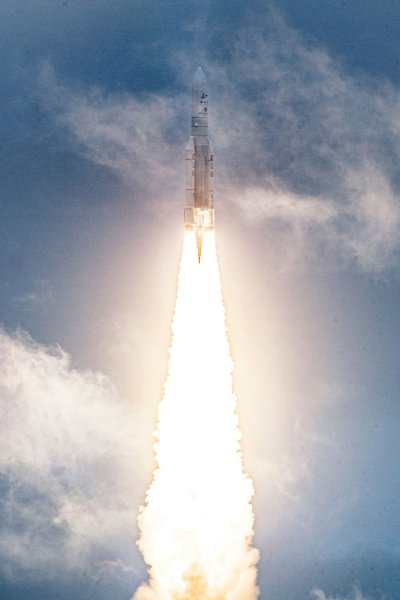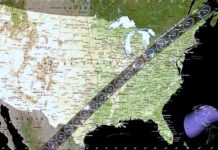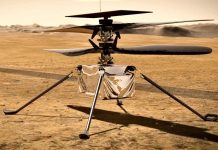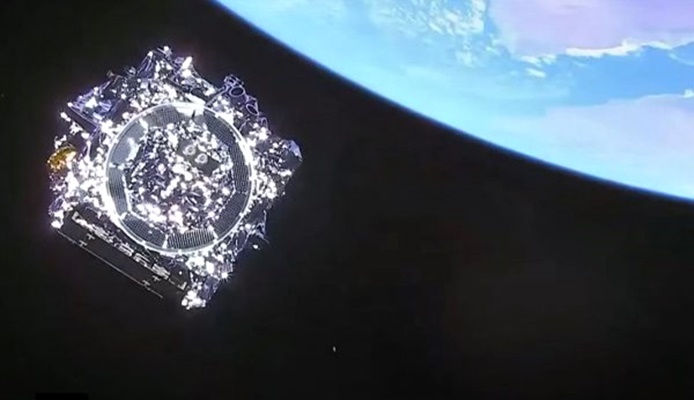
July 12 (UPI) — NASA’s $10 million James Webb Space Telescope has sent its first batch of images from space, providing a view of space farther from Earth than ever seen.
The images, released July 12, show infrared images from deep in the universe.
Here’s a closer look at the history-making telescope, the largest and most powerful ever launched into space.
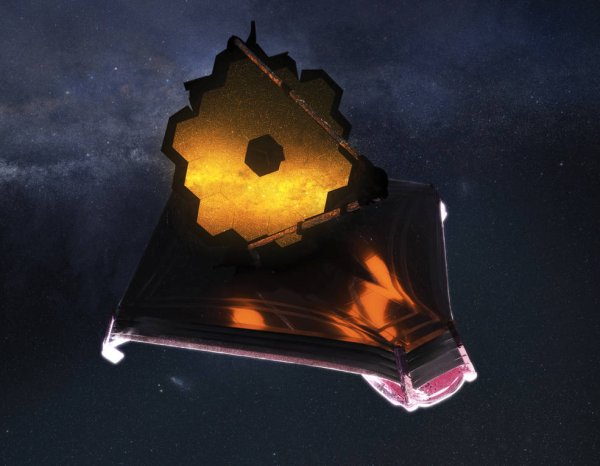
The Webb telescope is composed of 18 hexagonal mirrors that, combined, are 21 feet across. Its light-collecting area is about six times that of its predecessor, the Hubble Space Telescope. It is powerful enough to allow NASA to observe the chemical composition of other planets and determine if they are habitable.

The telescope’s infrared vision can peer 13.5 billion years into the universe’s past — seeing the light of the first stars and galaxies as they formed after the Big Bang. Unlike the Hubble Telescope, which orbits the Earth, Webb is floating at a special spot in space known as a Lagrange point nearly 1 million miles away from the planet.

It took about 300 procedures to unfurl the observatory’s tennis court-sized sun shield. The super-cooled infrared instruments will be used to observe exoplanets, black holes and galaxies that formed 13.5 billion years ago, the earliest ever seen. But those instruments must be so cold — minus-370 degrees F — that sunlight or even Webb’s own thrusters could cause interference. The sun shield walls off the instruments from the heat.
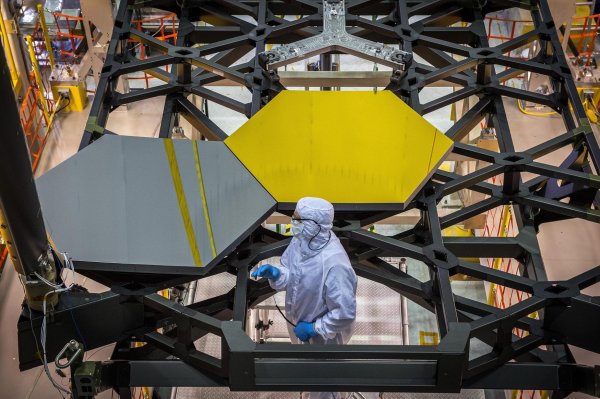
Webb’s 18 gold-plated mirrors gather light from the depths of the universe and reflect that light toward an instrument that collects it. The primary mirror measures 21 feet across, significantly larger than Hubble’s primary mirror, which is 7.9 feet across. This allows Webb to collect more light and get a better view of distant objects.
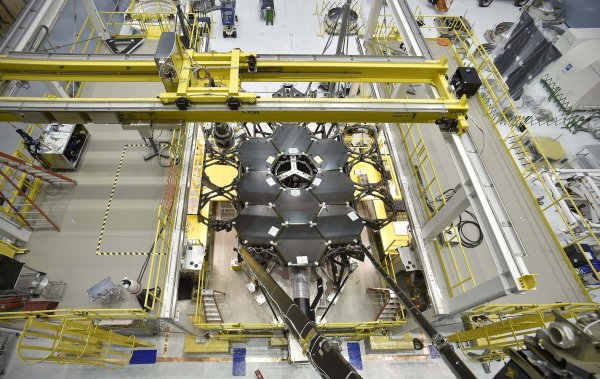
Arianespace’s Ariane 5 rocket lifted off carrying the telescope at 7:20 a.m. EST on Dec. 25 from the Guiana Space Centre in French Guiana. The telescope is a joint venture by NASA, the Canadian Space Agency and European Space Agency. Northrop Grumman built the giant telescope in California beginning in 2004.
